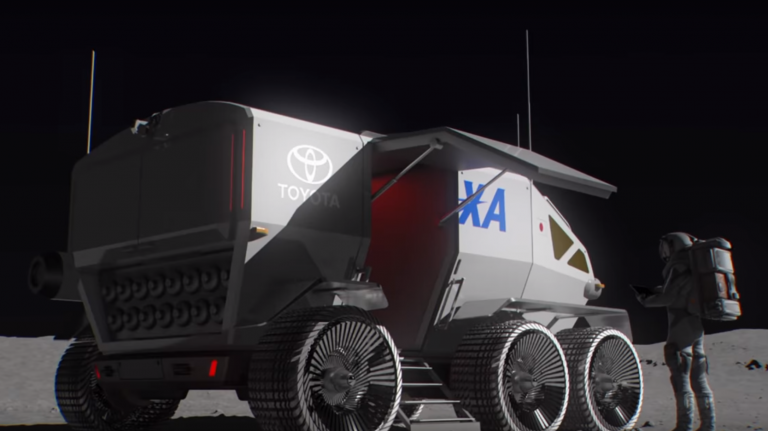The rover would be able to travel more than 10,000 kilometers (over 6,000 miles) on the moon, letting astronauts explore the lunar surface.
The news: Japan’s space agency, JAXA, announced the partnership with Toyota on March 12. It said the crewed, pressurized rover will use Toyota’s fuel-cell technology. “Fuel cells, which use clean power-generation methods, emit only water, and, because of their high energy density, they can provide a lot of energy, making them especially ideal for the project being discussed with JAXA,” said Toyota executive vice president Shigeki Terashi.
The time frame: JAXA says it aims to launch this new rover in 2029. While Japan doesn’t have plans to work on a rocket that could carry humans to the moon, it hopes to launch it as part of an international project.
What’s next: The six-wheeled rover is still only in the conceptual phase, while Israel, China, and India are already launching uncrewed moon missions this year. NASA signaled its increased interest in lunar projects in the proposed budget for 2020.
Want to keep up with space tech news? Sign up for our space newsletter, The Airlock.

